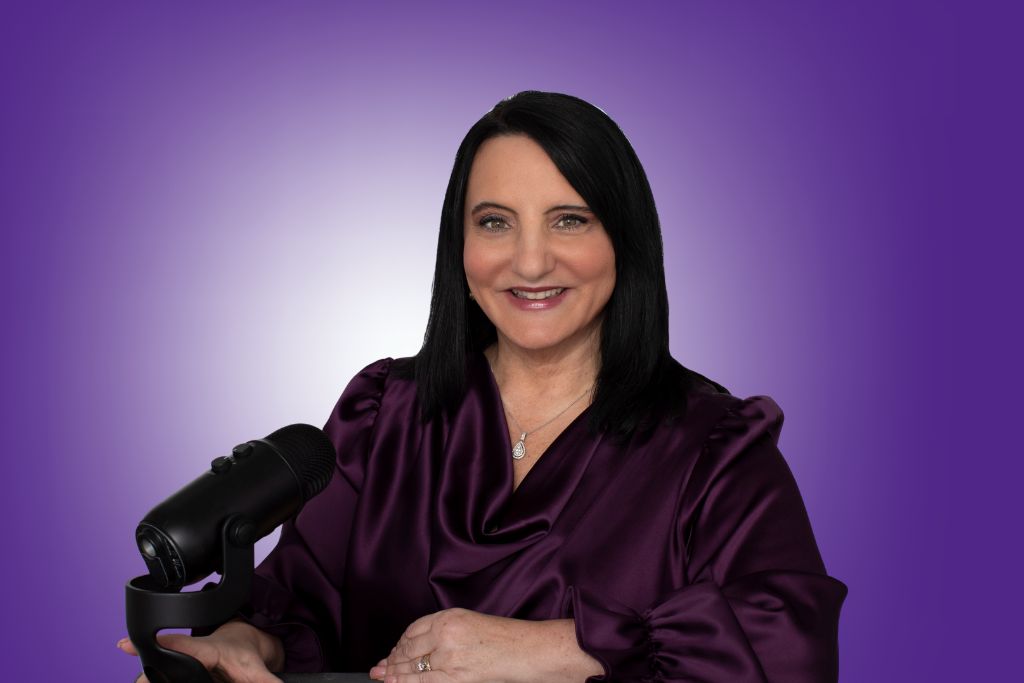In this episode, I’ll show you how the nervous system drives the emotional reactions you see in your child. You’ll learn why certain moments escalate so quickly and what’s happening beneath the behavior. Most importantly, I’ll share regulation-first strategies that help your child respond with more control and confidence.
Why does my child fall apart over small things?
Kids aren’t born with emotional regulation. Their brains develop the skill slowly and unevenly—especially if they struggle with anxiety, ADHD, sensory overload, or stress.
What helps:
- Regulate before correcting so their brain can think clearly.
- Keep directions simple during distress.
- Offer co-regulation, not lectures.
Scenario: Your child breaks down when their sibling takes a toy. Instead of “Stop overreacting,” try: “You’re feeling really upset. Let’s breathe together.” Their brain shifts from chaos to safety.
How can I help my child name their feelings instead of exploding?
Kids can’t regulate what they can’t identify. Many only use words like “mad” or “sad” because they lack emotional vocabulary.
Build emotional language:
- Use simple labels: worried, overwhelmed, embarrassed.
- Add a feelings chart or thermometer at home.
- Name emotions in real time: “It looks like you’re frustrated.”
Scenario: Your child storms in after school. Instead of assuming an attitude, you say: “Are you feeling more tired, stressed, or annoyed?” That gentle naming creates instant regulation.
How do I validate emotions without giving in?
Validation tells your child, “I see you.” It doesn’t mean you agree with their behavior. It helps their nervous system shift from threat to calm.
Try validation phrases:
- “I see this feels really big for you.”
- “It’s okay to feel upset; it’s not okay to hurt anyone.”
- “You’re disappointed, and I’m here to help.”
Scenario: Your teen slams their bedroom door after getting a bad grade. Instead of “You’re being dramatic,” try: “That was tough. When you’re ready, we’ll figure out next steps.” You keep boundaries and connection.
If you’re tired of walking on eggshells or feeling like nothing works…
Get the FREE Regulation Rescue Kit and finally learn what to say and do in the heat of the moment.
Become a Dysregulation Insider VIP at www.drroseann.com/newsletter and take the first step to a calmer home.
What is the best in-the-moment strategy for emotional overwhelm?
The fastest way to shift a dysregulated brain is the pause–breathe–act sequence. It gives your child a roadmap for calming down.
Teach it when everyone is calm:
- Shared script: “Let’s pause, breathe, then talk.”
- Create a reset signal: tap, hand sign, or card.
- Offer two regulating options—stretch, water, quiet corner.
🗣️ “It’s okay for your child to feel big emotions; your job is to help them pause, breathe, and choose what to do with those feelings.”
— Dr. Roseann
Helping Kids Grow Emotional Strength Starts Today
Emotional regulation develops through consistent practice—naming feelings, validating emotions, and modeling calm. You don’t need perfection; you just need a plan. With Regulation First Parenting™, you can help your child build lifelong resilience and healthier emotional expression.
FAQs About Developing Emotional Regulation Skills
Are meltdowns a sign of a disorder?
Not always. Stress, skill gaps, or sensory overload can create dysregulation without any clinical condition.
Do daily emotional check-ins really help?
Yes—short, predictable check-ins make emotional expression feel safe and normal for kids.
What if I struggle with regulation, too?
Repairing and modeling your own coping strategies teaches your child resilience and emotional flexibility.
When your child is struggling, time matters.
Don’t wait and wonder—use the Solution Matcher to get clear next steps based on your child’s brain and behavior.
Take the quiz at www.drroseann.com/help.













